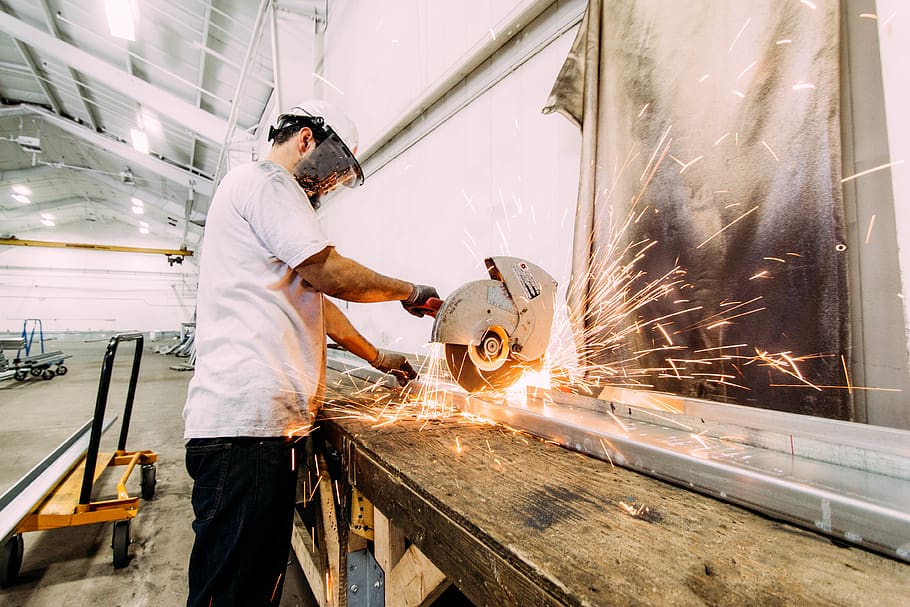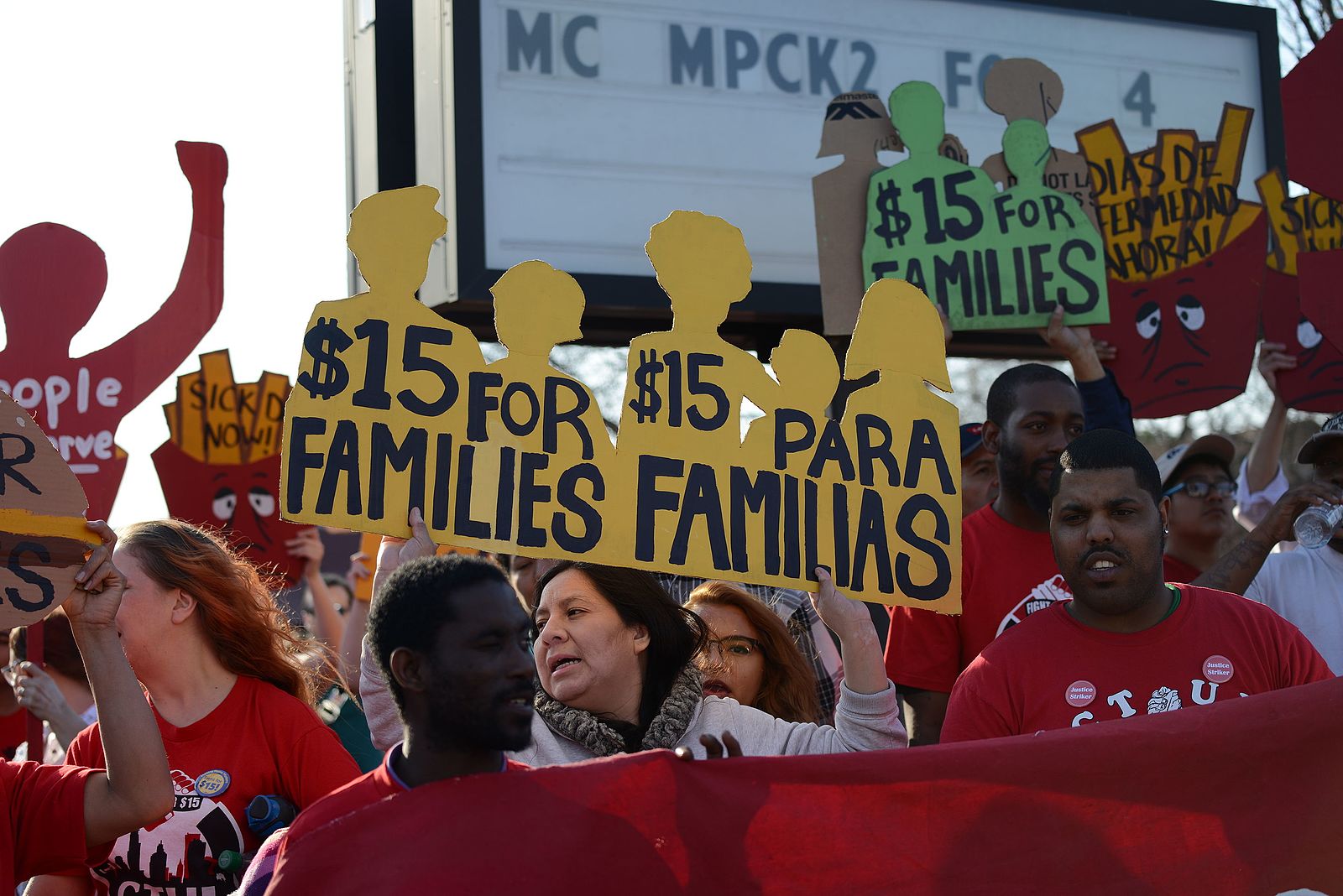“Go to university, get a degree and use that degree to get a job” is the mantra drilled into young people across the world. The US is no different – in 1965, less than 6 million people were enrolled into university. In 2017 that number surpassed 20 million. This massive expansion of the university educated population is one of the most profound forces shaping society. By comparison, only 534,000 apprenticeships were made available. The key provider of apprenticeships in the country is the labour union movement. Almost all apprenticeships are hosted by the unions which represent the industries the programmes concern – The International Brotherhood Of Electrical Workers provides apprenticeship programs for aspiring electricians, the United Union Of Roofers, Waterproofers and Allied Workers offer apprenticeships for roofing and waterproofing, etc.
Unlike what many might believe due to the widespread narrative about technology wiping away all jobs except software engineers specialising in blockchain, the demand for blue collar workers has risen for more than a decade. This is mainly due to the number of skilled blue collar workers retiring in much greater numbers than new ones are being trained to replace them. Meanwhile, an increasing number of high school students go to colleges and universities, and end up struggling to find a job in line with their degrees. 85% of businesses in blue collar industries struggle to recruit workers, in comparison to 64% of businesses in white collar industries. This trend is not new, and it will not go away any time soon – the US labor shortage, especially for blue collar workers, is estimated to carry on until at least 2030.
A study from Illinois shows that those with union-apprenticeships earn $40.4/hour in mid-career, compared to $35.3/hour for those with bachelor’s degrees. They also receive more hours of training, and instead of having a student debt, they earn while they learn. While the union apprenticeship programs represent more than 97% of the programs, there are few which are solely organised by employees, without union involvement. The results are however bad compared to union programs, with lower completion rates and earnings in mid-career at $23.6/hour. Nationally, those who have completed an apprenticeship end up earning around an annual average salary of around $70,000, compared to around $50,000 for college graduates.
So why are politicians so focused on colleges and universities, while you would struggle to find even a mention of apprenticeships and trade schools in their speeches? One factor might be that while around two thirds of Americans don’t have a bachelor’s degree, 97% of members of Congress do. All senators except one have a bachelor’s degree – and even the one who doesn’t is a son of a former congressman. Another factor may lie in the subjects the politicians have degrees in. 37% of members of the House and over half of all Senators have degrees in Law, compared to only 2% of Americans aged 25 and older. While there is a good case to be made that it’s good to have a lot of educated people making decisions, it’s not like these representatives are top scientists. Would the US really make worse decisions about, say, building infrastructure, if few lawyers in the table would be replaced with those who have actually built infrastructure?
Another factor to take into account is the decreasing power of labour unions in the United States. The percentage of workers affiliated with labour unions has plummeted from 35% to 10.5% which means that labour unions are receiving less funding from fees. This means that they are unable to lobby Congress members to push for their interests. In the 2015-16 election cycle, businesses spent $16 for every $1 spent by labour unions ($3.4bn to $213 million), according to the Center for Responsive Politics. Each year, all of the nation’s labour unions spend $48 million while big corporations spend more than $2.5bn. This has turned the attention of Congress members to the big corporations rather than the labour unions – the unions have a good case to make when it comes to apprenticeships, but they don’t have the money to make the elected representatives listen.
In order to fill the gaping holes in the job market, America needs to realise that all labour has value and recognise that mastering blue collar skills is just as worthy of respect as learning that happens in the universities. Labour unions do admirable work in providing opportunities that propel aspiring young people into prosperity. For a prospering American working class, labour unions and the benefits they provide need to be given the spotlight again in Congress. The voter participation rate of non-college educated voters has declined, and those who still vote have been shifting from Democrat to Republican. Thomas Piketty has demonstrated a similar phenomenon he describes as the rise of the “Brahmin Left”, where the relationship of educational level and party affiliation has reversed in numerous countries – it used to be that the least educated were most likely to vote for the left, whereas now the opposite is true, with the most educated people being most likely to vote left. Perhaps the well intentioned rhetoric about the importance of college and university education, that is more characteristic of Democrats than Republicans, has unintentionally signalled to many that their skills and work is less worthy of pride?
We are free online media cooperative owned democratically by the readers and the writers. Join us now and become a founding member. As a member you can vote for your favourite articles and we will distribute our funds accordingly.





